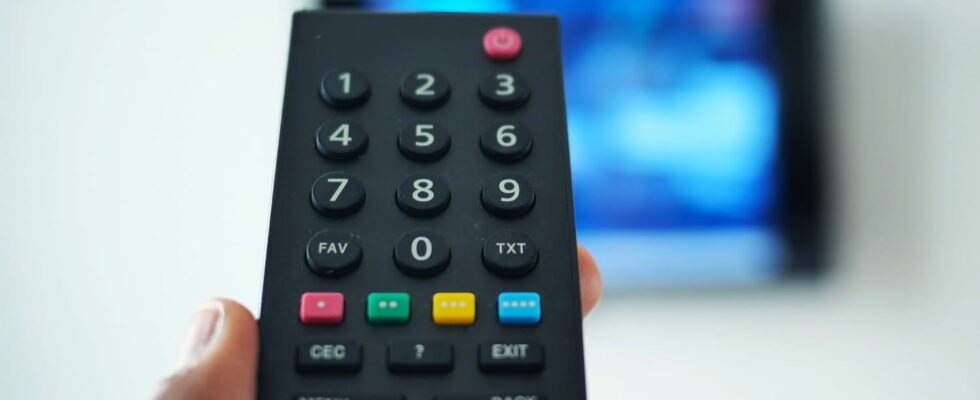Almost all TV remote controls have red, green, yellow and blue buttons. However, most people are unaware of the role of these four colored buttons.
You may have noticed: almost all TV remote controls, regardless of brand, have four colored buttons. Always the same, and arranged in a precise order: red, green, yellow and blue. And unlike the keys to adjust the volume, to change channels or to directly access Streaming services (Netflix, Prime Video, etc.), it is very likely that you have never used them. And for good reason, like most people, you are probably unaware of their role.
Whether they are located at the bottom, top or in the middle of the remote control, these enigmatic buttons are not there by chance. And even if these keys seem like an aesthetic addition or a whim of the manufacturers, they do serve a purpose, and you may need to use them at some point.
First of all, you should know that these colored keys are inherited from the era of teletext, where they facilitated navigation between the different pages of a program. And, in fact, they have retained functions related to entering text on a TV, for example to enter the Wi-Fi password and connect the TV to the Internet. Most often (it depends on the manufacturer), the red button switches from lower case to upper case, the green button deletes the last letter entered, the yellow button changes the input language, the blue button switches from letters to numbers then to the symbols.
But the usefulness of these keys doesn’t stop there. They can indeed provide you with valuable services when you watch television. Most of the time, your TV will display the color at the bottom followed by the name of the associated function.
The red button is often associated with interactive functions or direct access to online services. Depending on the channels and context, it provides access to information about the current show, ranging from details of the current program to additional content, such as weather or sports scores, and even live polls .
The green button, for its part, is generally linked to navigation in electronic program guides (EPG for Electronic Program Guide). By pressing this button you can quickly access an overview of upcoming or currently broadcast programs.
The yellow button is often used to access additional options or contextual features. In some cases, it may open submenus or settings options specific to the show you’re watching. For example, when streaming sporting events, pressing the yellow button could allow you to view detailed statistics about the current match.
Finally, the blue button often plays a role in accessing messaging services or built-in social features. In the connected TV ecosystem, this button can open up lines of communication, allowing you to share TV moments with friends or participate in online discussions related to the show you’re watching.
